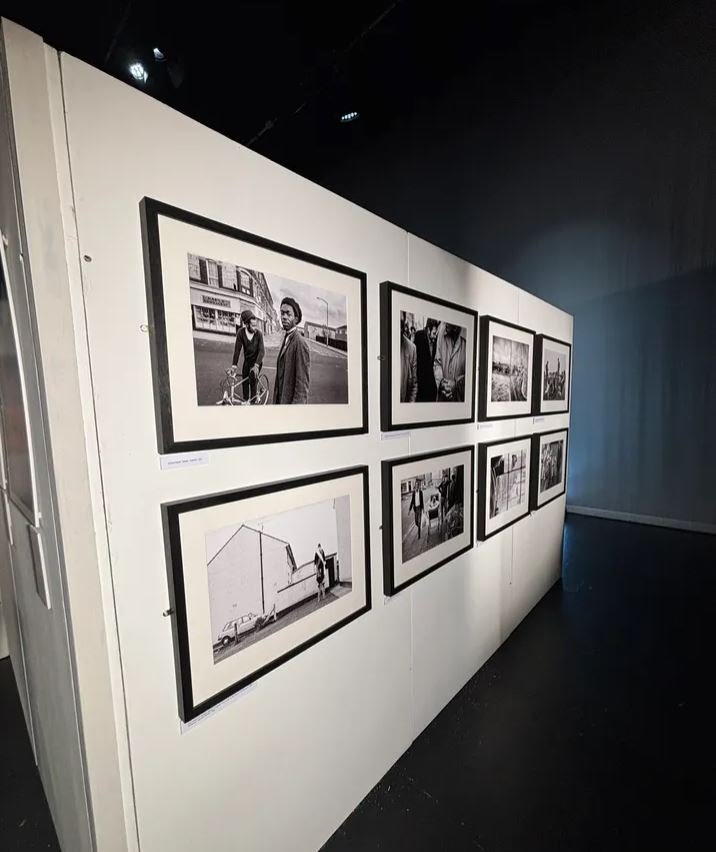Hello and welcome to my Blog!
Here I will be documenting and reflecting on my experiences of making as a creative practitioner.
I am a Merseyside based photographer currently working towards my degree in photography at the University of Huddersfield.
Throughout my education, I have focused on developing my critical understanding of the conventions of documentary photography. This is presented through my final year project Dear Uncle Eddy. Within this project I have produced a bizarre blend of the actual and artificial though a photobook that follows a narrative in which I travel to Barcelona to escape my sombre state of mind after being advised to do so by my artificially generated Uncle Eddy.
Aside from producing university work I have also ran two years worth of photography workshops at local primary schools, worked in a film lab, become an intern at a small publishing company, have attended talks by professional photographers, built upon my commercial portfolio and attended numerous portfolio reviews.
I have enjoyed my time at University, and the community that I have built over the years has not only been a creative outlet but a family and a support system.
Throughout this blog I will reflect on my years of university and the journey that it has been, all whilst attempting to look forward to a postgraduate pathway.
H


































